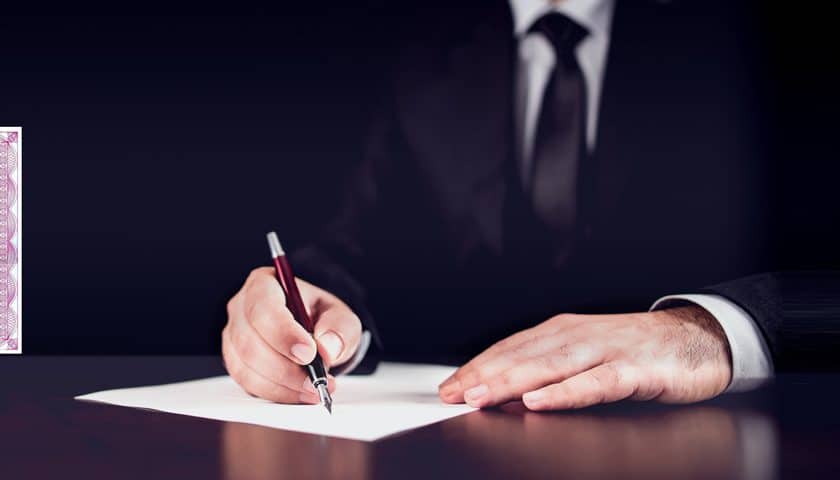Anyone who has bought a property must have heard the terms Registration Charges, Stamp Duty, Franking Charges and many more. Some of them we understand and some we don’t, yet we have to pay all these charges.
Stamp duty is a transaction tax paid to the government to make a document legally valid. It is applicable for the buying or selling of property, power of attorney agreements and certain business agreements too.
Stamp duty is one of the major modes of revenue generation for the government. Stamp duty is payable in different forms:
- By purchase of pre-embossed stamp papers
- E-stamp papers
- Franking of stamps
What is franking of documents?
You must have come across a bulk mailed envelope/document at some point in time. Have you noticed how there is no stamp affixed on that and you would instead find a print of the stamp denomination on the document? This is postal franking.
Akin to postal franking, there are banks and certain other agencies that will frank your document. This would mean that all stamp duty for the transaction in question has been fully paid.
When do you get a document franked?
Franking of a document needs to be done after all the required matter is typed on a plain sheet of paper and before signing. An application needs to be filled in with the details of franking.
Can I get a document franked anywhere and at any time?
Only certain banks and agents have the authorisation to frank and accept stamp duty. Also, banks have a fixed quota for franking in a day beyond which they cannot frank documents.
So, it would be better to approach the bank during the early hours of operations or through an authorised agent who can get the franking done for you.
Generally, the bank through which you have availed a home loan will have agents who can get the franking done.
What are the charges involved in franking a document?
The charges for franking a document in Karnataka is 0.1% of the total purchase value.
For example, a purchase of Rs 60 Lakh will attract a franking fee of Rs 6,000. This amount may vary between the states and also between the banks/agents. This fee paid is a part of the overall stamp duty. If the stamp duty payable is 4.5% on a property transaction, and 0.1% is already paid as franking charges, then the stamp duty finally payable would be 4.4%.
Is franking better than other modes of paying stamp duty?
All modes of payment have its pros and cons. A pre-embossed stamp paper is difficult to come by for all denominations. Moreover, it needs to be bought from an authorised vendor.
The common man may have no means of verifying the authenticity of a vendor. An e-stamp paper is more secure and tamper-proof.
The transaction can be completed within no time provided the connectivity is good. However, cancelling an e-stamp paper is difficult.
Franking can be done quickly if the payment is made through cash or a demand draft. However, the rules and charges for franking are not uniform, and moreover, the quota may play the spoilsport.

